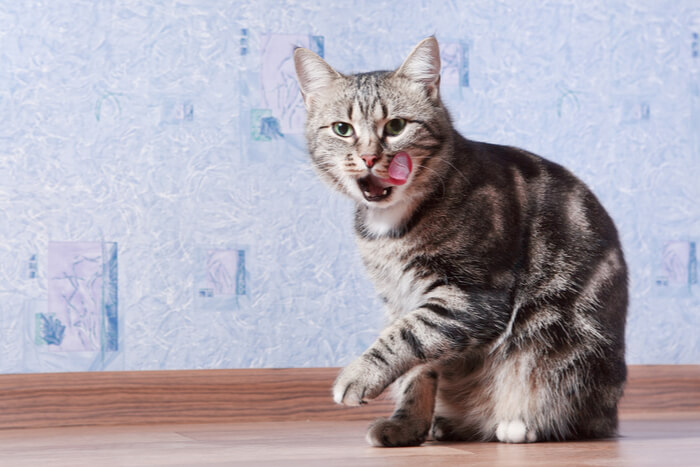
One of the distinctive features of cats is their natural inclination to groom themselves thoroughly, keeping their coats tangle-free, smooth and shiny by licking and nibbling their own coats.
Sometimes, however, this natural self-grooming can go too far, with cats starting to harm themselves by excessive grooming, pulling their hair out, and causing areas of hair loss.
There are a number of possible reasons why this can happen. As well as worrying about the areas of baldness, owners often have a concern about the possible increase in the risk of hairballs resulting from swallowing more hair when the cat over-grooms.
This article aims to explain the various possible cause and to suggest the steps that cat carers can take to ensure that their pet stops engaging in this damaging behavior.
Why Is My Cat Pulling Her Hair Out?
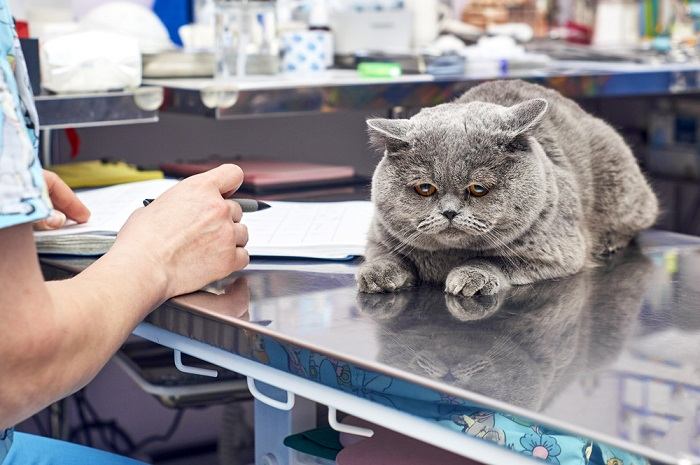
The most common reason for cats to start hair pulling is itchiness of the cat’s skin prompted by one of several possible underlying causes.
The most common reasons for this are listed below.
- External parasite infestations, including fleas, and Demodex or Cheyletiella mites (mange)
- Ringworm, also known as dermatophytosis
- Allergies or reactions to food
- Environmental allergies, also known as feline atopy or atopic dermatitis
- Skin infections adding a complication to allergies
- Underlying medical conditions such as Feline Hyperthyroidism and others
If these common causes have been ruled out, the most likely cause is generally a condition known as Feline Psychogenic Alopecia, which is a type of repetitive, compulsive behavior linked to stress.
How To Get Your Cat To Stop Pulling Her Hair Out?

If your cat’s been pulling her hair out, you’ll likely want to bring her to a veterinarian to identify the underlying cause. This is the best first step in stopping your cat’s hair pulling.
It’s important to engage with your local DVM veterinarian to make an accurate diagnosis of the reason why your cat is pulling her fur out. The diagnostic process may include the following steps.
1. Detailed history taking
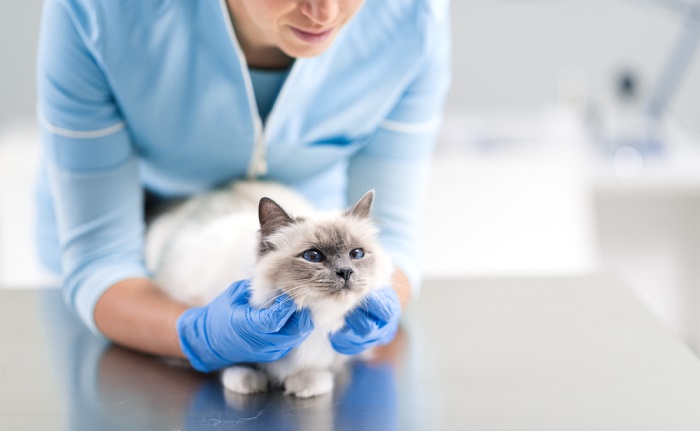
Your veterinarian will want to know answers to questions about your cat’s background and history with hair-pulling.
Questions may include:
- How long has your cat been pulling her hair out?
- Has your cat visibly been spending more time grooming herself?
- Which parts of her body are primarily affected?
- How old is she?
- What is her lifestyle: indoors only, or indoors and outdoors? Does she share her home with other animals e.g. other cats or dogs? If so, are they itching at all?
- Has she had any contact with other cats from outside your home (such as a rescue centre, boarding cattery, etc)?
- Are any humans in the home suffering from itchiness or skin rashes? Are there any changes in her home e.g. new bedding, carpets, furniture, cleaning products, aerosols (such as room vaporisers), or cigarette smoke?
- Has she started a new diet recently?
- Has she ever been tested for FIV and FeLV?
- Has she been treated with any anti-parasite medication recently?
- Has anyone seen anything moving in her coat?
- Are there any other signs of illness in your cat (such as gastrointestinal upsets, sneezing, coughing, increased thirst, urinary accidents indoors, etc)?
- Are there any other changes in behavior (such as dullness, increased agitation, aggression, fear, etc)?
2. Physical examination

Your veterinarian will check your cat over carefully, noting precisely where the hair has been pulled from, looking for physical signs of parasites such as fleas or mites, and checking for other signs of skin disease such as flea bites, rashes, papules, broken hair, etc.
3. Skin and coat tests
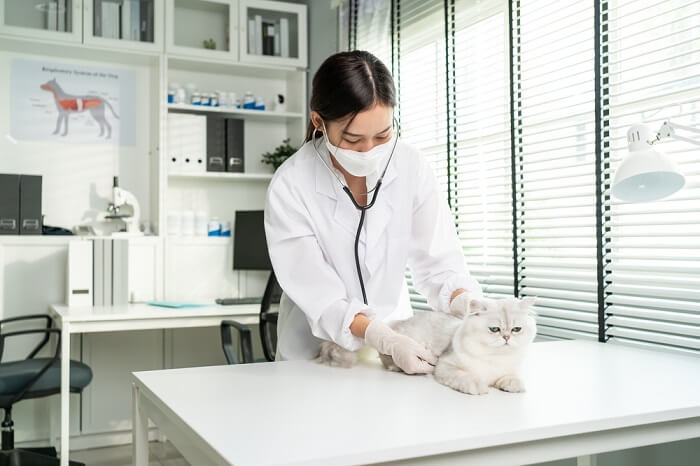
A number of skin and coat tests may be carried out by your veterinarian to rule out underlying problems that may cause itchiness that could cause the cat to pull her hair out, including:
- Coat brushings to check for evidence of fleas, lice or cheyletiella
- Skin scrapings to check for mites under the microscope
- Acetate tape strips to check for possible causes including eggs, yeasts and fungal infections, bacterial infections and other microbiological aspects
- Examination of the cat under an ultraviolet “Woods” lamp to check for fluorescence that could suggest ringworm (dermatophytosis).
- Hair pluckings known as “trichoscopy” (examining hairs under the microscope). This is used to identify hairs that have been damaged by the cat pulling at them, and it’s used to rule out causes of alopecia where hair falls out without being pulled out (in such cases, no damaged hairs will be seen).
4. Blood and urine samples
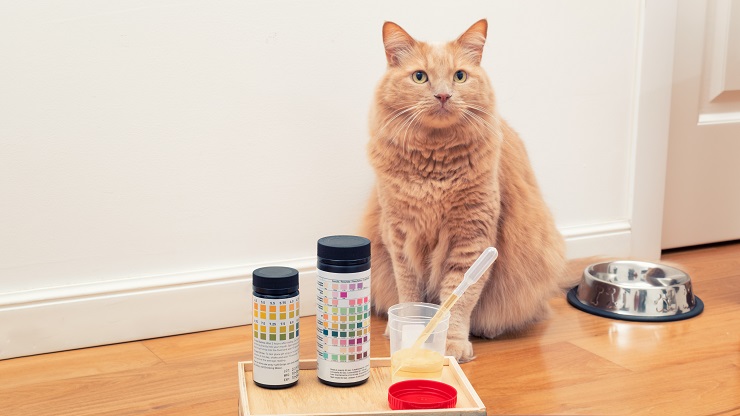
Routine biochemical and hematological profiles and a urinalysis may be carried out to rule out underlying general medical problems including liver and kidney disease, hyperadrenocorticism (Cushing’s Disease), and diabetes mellitus.
Extra tests, such as Total T4 measurements, may be carried out to check for hyperthyroidism, and screening for viruses such as Feline Leukemia Virus (FeLV) and Feline Immunodeficiency Virus (FIV) may be recommended.
5. Routine flea treatment
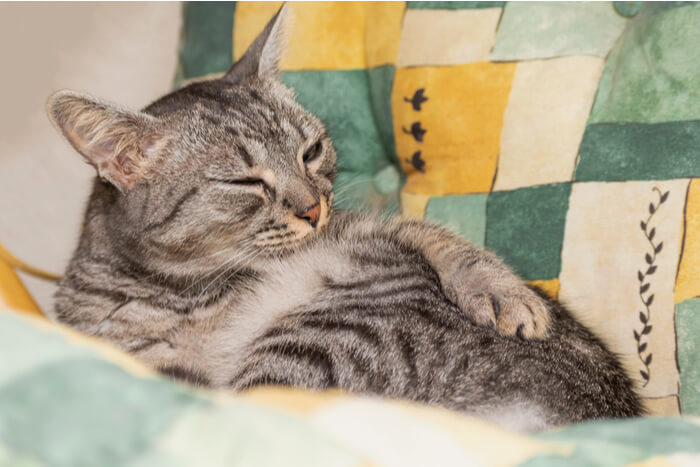
Flea allergies are a common cause of skin irritation and hair-pulling in cats. Flea treatment can help to prevent or eradicate an infestation, keeping your cat comfortable and healthy.
Flea allergy is very common, with studies have shown that up to 70% of cats that are referred to veterinary dermatologists for itchiness make a full recovery after thorough flea treatment is applied, even when there is no physical evidence for the presence of fleas.
For this reason, a thorough flea treatment is often recommended, including treatment of all the animals in the house with an effective parasiticide (spot on, spray, or oral) as well as treatment of the house with an effective environmental spray to stop any flea eggs from developing into young fleas.
6. Food Trial
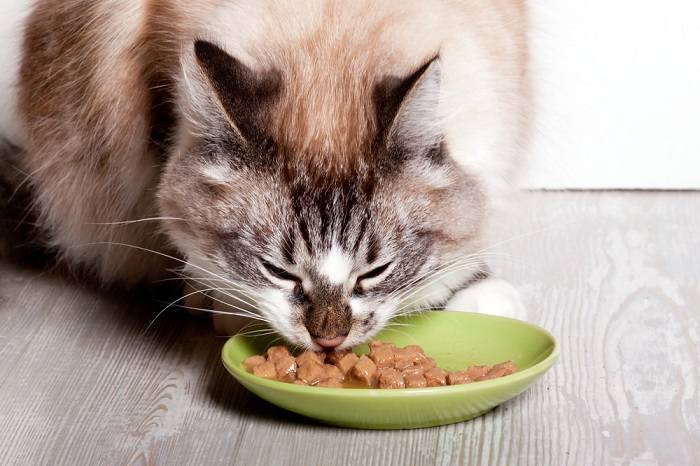
Itchy skin can be seen in cats as an allergic-type reaction to a protein in the food. The only way that this can be effectively ruled out is to place a cat on a specific food trial for 6 – 8 weeks, offering them only a veterinary-type hypoallergenic diet that does not contain proteins capable of causing allergic-type itchiness.
If this trial is completed and the cat is still pulling her hair out, the cause is highly unlikely to be related to something in the diet.
Read More: Best Hypoallergenic Cat Food
7. Biopsy of the skin

Once parasites, food allergy, and other underlying diseases have been thoroughly ruled out, the next stage is often to carry out a skin biopsy, collecting small samples of skin from areas where the cat has been pulling hair out.
If the biopsies show changes such as inflammation, this may suggest that there is still some underlying cause of irritation, while if there are no such changes, then the cause is more likely to be behavioral, as in Feline Psychogenic Alopecia.
8. Allergy testing

If atopic dermatitis (allergic reaction to environmental allergens such as pollens or dust mites) is suspected, allergy testing may be recommended.
9. Trial treatment with anti-inflammatory medication
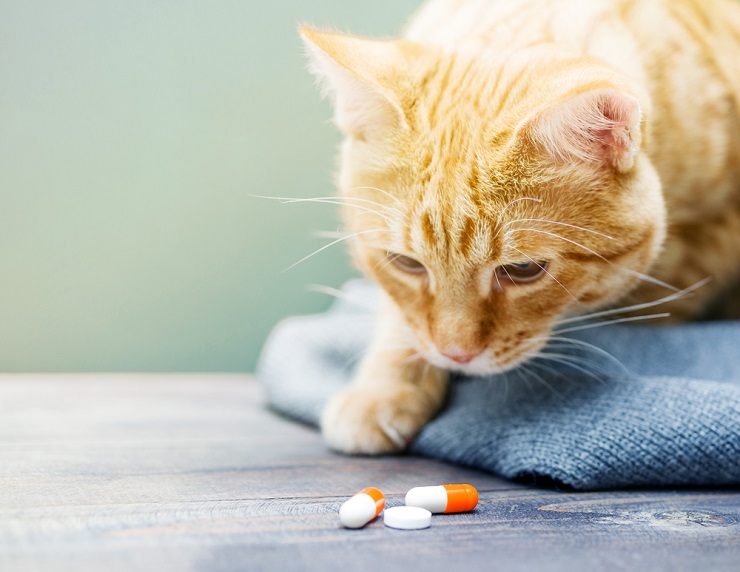
Sometimes, veterinarians may suggest a trial anti-inflammatory treatment (e.g. using corticosteroids) for a few weeks. If there is an underlying cause of itchiness such as an allergic reaction such as atopy (allergies to environmental allergens such as pollens or dust mites), the cat will improve, whereas if the cause is Feline Psychogenic Alopecia, the treatment is unlikely to make a significant difference.
Treatment For Cat Pulling Hair Out
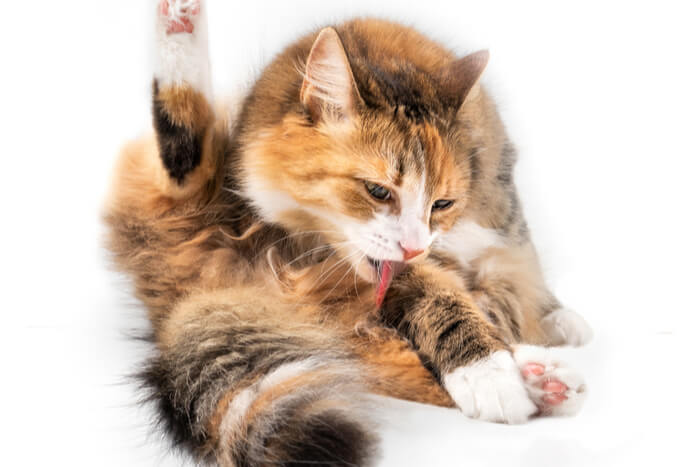
Treatment for cats pulling out hair depends on the underlying cause of the hair-pulling.
After completion of the investigative process outlined above, your veterinarian will reach one of two possible outcomes, each requiring a different treatment approach.
- A diagnosis may have been made of an underlying cause of itchiness causing the cat to pull her own hair out. In such cases, treatment is aimed at tackling that underlying cause e.g. anti-parasite treatment, anti-bacterial treatment, anti-fungal treatment and/or anti-inflammatory treatment.
- If all possible underlying causes of itchiness have been ruled out, the remaining likely diagnosis is Feline Psychogenic Dermatitis, which requires a different treatment approach.
What Is Feline Psychogenic Alopecia?
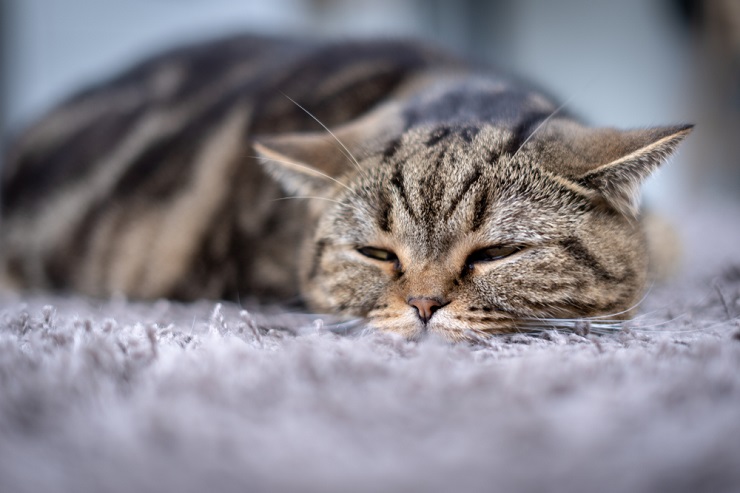
Feline Psychogenic Alopecia describes a condition where a cat starts to pull her own hair out when no identifiable underlying cause. Put simply, the cat is excessively grooming, and pulling her own hair out, just because she wants to do it.
In healthy cats, grooming is a normal reaction to a stressful incident (if any cat is disturbed in any way, they will often move away, find a peaceful spot, then start to groom themselves).
It is theorised that grooming in such cases may lead to the release of natural endorphins, giving cats a sense of calm. If a cat is over-stressed, this can then lead to over-grooming, almost like a type of addictive behavior for a repeated endorphin rush, and this in turn can lead to pulling hair out, and bald patches.
Feline Psychogenic Alopecia is seen more often in multi-cat households and in indoor cats, and it’s more common in some breeds such as Siamese and other oriental breeds. Typically, hair is removed from the underside of the abdomen, the groin area, and the upper side of the cat in front of the tail area. Other parts of the body, including the forelegs, may also be involved.
Treatment Of Feline Psychogenic Alopecia
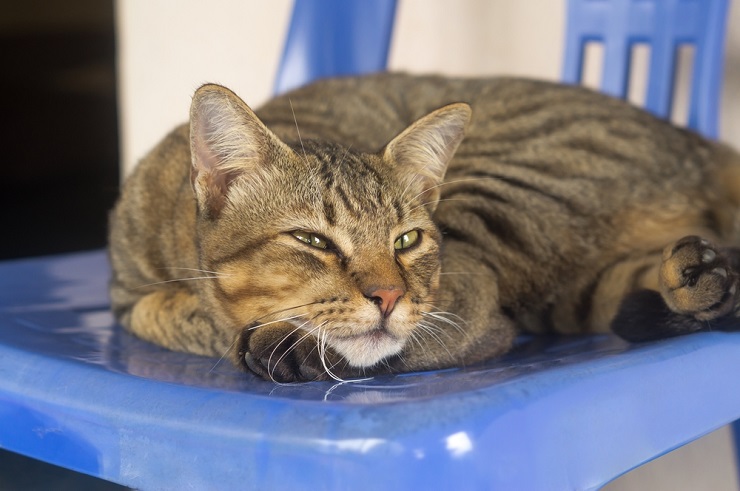
This condition is linked to cats feeling stressed, grooming themselves excessively as a way to try to deal with this stress. So treatment aims to find way to reduce stress, and to make it easier for affected cats to cope with stress.
1. Reduce stress
- Carry out a review of the cat’s environment, identifying and resolving any areas of stress (e.g. too many cats in one area, inter-cat conflict, a new pet, a new baby, boredom, etc)
- Enrich the environment (e.g. more interactions with carer, more and different toys, cat trees, etc)
- Consult with a feline behaviorist for a full review of the cat’s life and environment
2. Help the cat to deal with stress
- Pheromone products (e.g. Feliway diffusers) can help to reduce anxiety.
- Clomipramine and fluoxetine are selective serotonin reuptake inhibitors (SSRIs) that may be recommended by your veterinarian to influence cat behavior by changing their response to stress. Amitriptyline is a tricyclic antidepressant and antihistamine which may sometimes be suggested. All of these products should be used with care, only under close veterinary supervision, as inappropriate use may be dangerous.
Excessive grooming may cause a cat to pull her hair out causing areas of hair loss and baldness. It’s important in such cases to consult with a veterinarian so that the cause of the excessive grooming can be identified and properly treated.
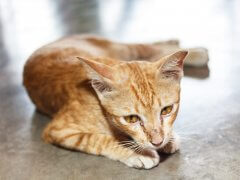
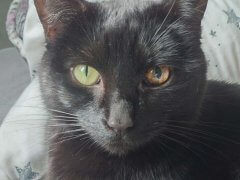
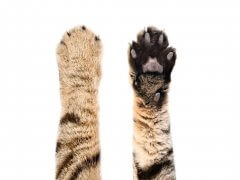
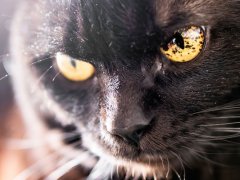




we are in new zealand, hills products are available at our local vets,can you help our moggie is compulselly pulling out her fur and eating it,we are looking for a good,food that could help her.
many thanks
pam walsh
Hi there. As the article explains, itchy skin is a common reason for cats to pull their hair out, and this itchiness sometimes happens as an allergic-type reaction to a protein in the food. The only way that this can be effectively ruled out is to place a cat on a specific food trial for 6 – 8 weeks, offering them only a veterinary-type hypoallergenic diet that does not contain proteins capable of causing allergic-type itchiness.
If this trial is completed and the cat is still pulling her hair out, the cause is highly unlikely to be related to something in the diet.
The best trial diets are obtained through vets, and the Hills version you need is called z/d.
Hope this helps. Pete
Many thanks pete
pam
Many thanks
pam
Hello I’m after some information is there any treatments available for cats that pull there fur out my dad has a cat that has this issue he is just a standard moggie he eats well doesn’t seem stressed to much is there any natural remedy I could use to ease him he’s been fealed an wormed,is there anything you would advise to give him ok thanks KR Ryan John Coleman
If you read the article above in detail, this should give you a good understanding of all of the possible causes. It’s difficult to make a general “natural” suggestion that covers all of these, but an allergic-type reaction to a protein in the food is one possibility. The only way that this can be effectively ruled out is to place a cat on a specific food trial for 6 – 8 weeks, offering them only a veterinary-type hypoallergenic diet that does not contain proteins capable of causing allergic-type itchiness. If this trial is completed and the cat is still pulling her hair out, the cause is highly unlikely to be related to something in the diet. But if this is a food allergy, a hypoallergenic diet could completely fix it.
After my flat was broken into, and my poor baby Magyck was injured( the thieves kicked her, she was bruised but no bones broken). Since then the slightest noise upsets her and she pulls her hair out. I get plug ins for her, she’d on organic Hemp Oil… but still she’s pulling her hair out
I’m so sorry for Magyck, Kate! If you don’t already have one, maybe she’d like a nest-style bed she can really snuggle up in when she’s feeling anxious?